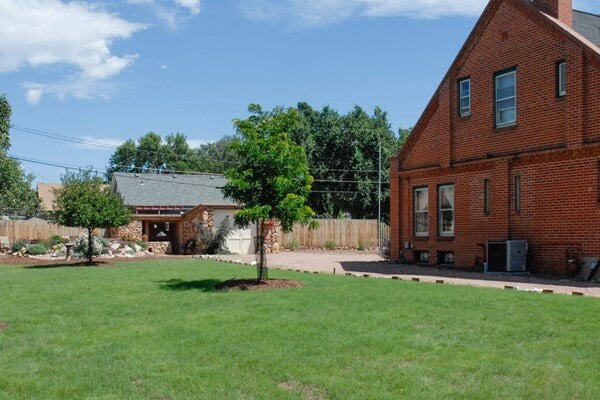Purple Iceplant
Purple iceplant was one of the first iceplants used widely in landscaping. It is a groundcover with round, succulent-type leaves. In summer, the leaves are light grey-green while in winter they turn reddish-purple.
The daisy-like flowers are a very bright violet purple. They cover the plant in early summer, with lesser blooms throughout the summer. Has become less popular since Table Mountain iceplant was introduced, which is more vigorous than this variety.
.jpg)
.jpg)
.jpg)
Purple Iceplant
Purple iceplant was one of the first iceplants used widely in landscaping. It is a groundcover with round, succulent-type leaves. In summer, the leaves are light grey-green while in winter they turn reddish-purple.
The daisy-like flowers are a very bright violet purple. They cover the plant in early summer, with lesser blooms throughout the summer. Has become less popular since Table Mountain iceplant was introduced, which is more vigorous than this variety.
Plant details
Botanic Name
Delosperma cooperi
Pronunciation
del-oh-SPUR-muh koo-PER-ee
Mature Height
2 to 4 in.
Mature Spread
12 to 18 in.
Water usage
One Droplet: Water twice per month or less, once established.
Two Droplets: Water about once per week, once established.
Three Droplets: Water about twice per week, once established.
Flower Color
violet purple
Bloom time
summer to fall
Colorado Native
No
Natural Habitat
South Africa
Light Requirements
sun
Cold Hardiness
USDA zones 5-8
Elevation Limit
hardy to 7,000 ft.
Performance
Purple iceplant has been grown in the very low water zone at the Water Wise Demonstration Garden, and performed well overall. The flowers were show-stopping, and the fall foliage color was attractive.
As areas of the garden have been renovated, Table Mountain iceplant has been used where a purple-flowering iceplant is desired since it is a better-performing plant.
Maintenance
No maintenance is required, except raking debris off the plant as needed. Be sure to plant this in an area with excellent drainage and pea gravel mulch. Some iceplants perform poorly in wood or bark mulch.
See in a landscape
Blue grama was a great solution to a tough problem in this landscape. This yard had too much square footage for the homeowner to easily maintain a traditional landscape while committing to lower water use. Since the grass area had infrequent traffic, and full sun, it was an excellent candidate for seeding a blue grama turf that requires less water and maintenance after establishment. Temporary irrigation was installed in order to establish the seed, and will then be removed and the blue grama lawn will receive natural precipitation and watering from a sprinkler only when needed. However, if a dense blue grama lawn is desired, a sprinkler system is recommended. On the far end of the yard is the DIY patio complete with a berm for planting colorful perennials and creating privacy.

.jpeg)
.jpeg)
.jpeg)
.jpeg)
.jpeg)
.jpeg)
.jpeg)
.jpeg)
.jpeg)
.jpeg)